Which Plate to Choose for Environmental Monitoring: RODAC, Contact, or 55 mm?
Have you ever found yourself in a conversation where everyone uses different terms to talk about the same thing? That’s exactly what we noticed with the plates used for surface sampling.
We did a quick survey with the SuperMicrobiologistes, and here are the nicknames you gave them:
- RODAC
- 55 mm plate (or even 60 mm!)
- Contact plate
- And less commonly: Touch plate, Hygicount, Count-Tact
But do all these terms mean the same thing? We explain everything in this article… Spoiler: There are a few surprises!
Best Culture Media
Discover the 4 BEST Culture Media Suppliers
We survey the SuperMicrobiologists.
Here are their favorite EM culture media.
What is a RODAC plate?
First, RODAC is a registered trademark since 1964 under the category “Sterile Plastic Culture Dishes.” This brand is now owned by BD (Becton Dickinson).
RODAC stands for Replicate Organism Detection And Counting… which makes sense in term of microbiology.
But what exactly is a RODAC plate?
Well, it’s simply a “special” empty plastic Petri dish… without any culture medium.
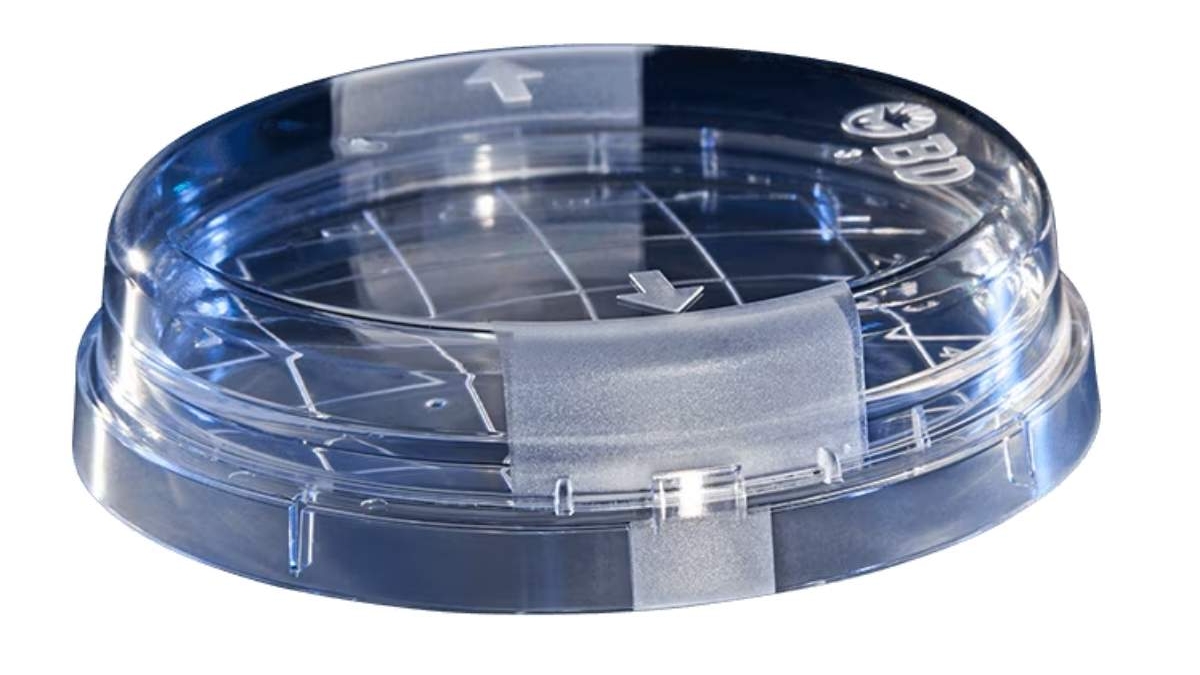
Its special shape allows it to be used for surface microbiological sampling… but only once it’s filled with agar!
Who would’ve thought a RODAC plate is just plastic? Not very useful for surface sampling on its own!
What is a contact plate?
The most commonly used term among microbiologists is the “contact plate.”
It refers to a RODAC plate (or a similar one) filled with a solid culture media containing agar.
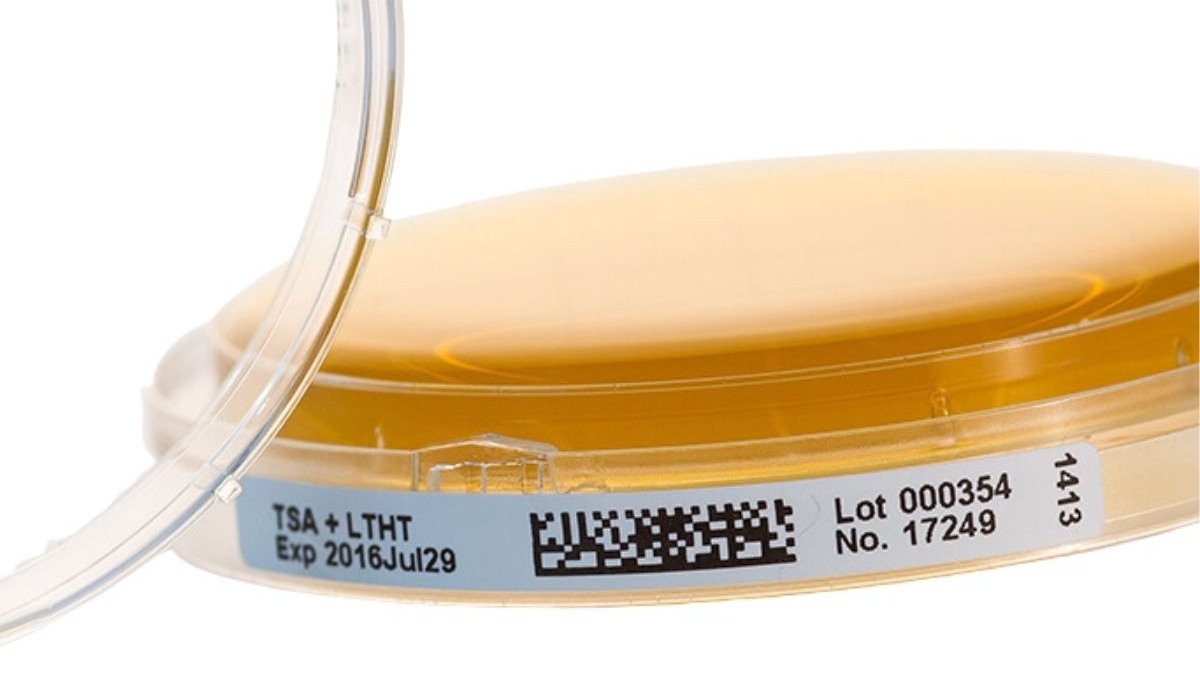
What makes a contact plate special?
The contact plate has a dome of culture media on top. You press this dome directly onto a surface to collect microorganisms. After that, you just let them grow in an incubator to count and identify them.
Why this name?
It’s called “contact” simply because microorganisms are collected by placing it… in contact with surfaces!
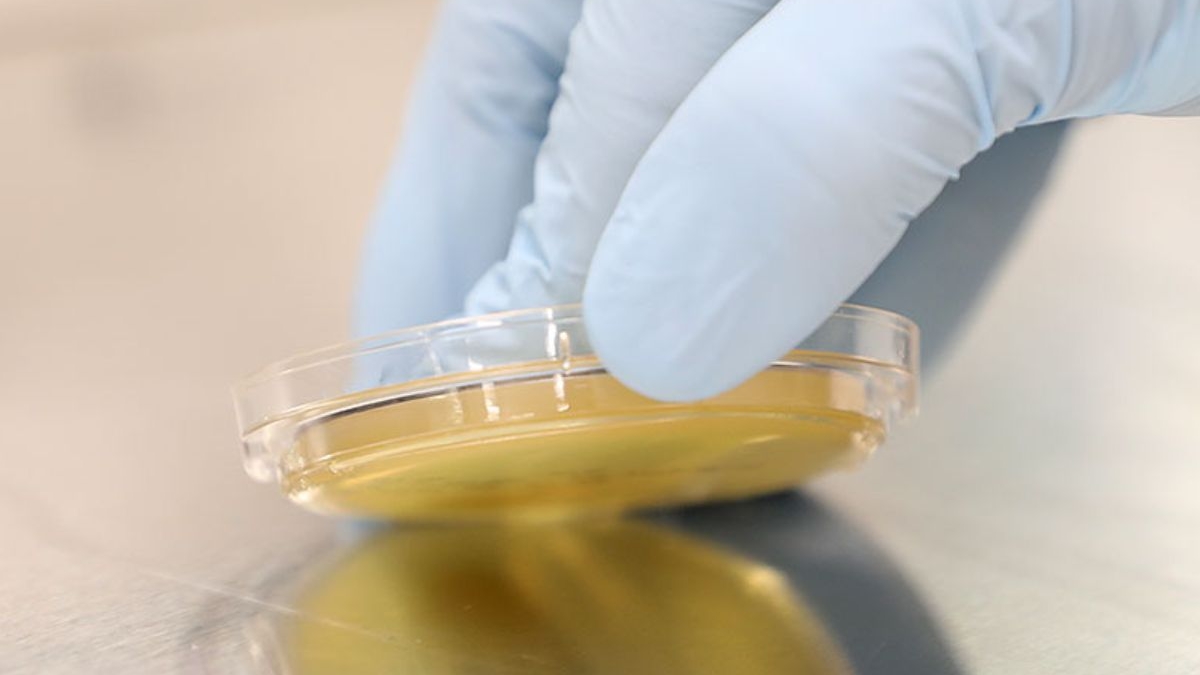
A quick reminder: the recovery rate of a contact plate can vary significantly depending on the pressure technique used. There’s an excellent scientific publication on the subject, where the best technique achieves a 50% recovery rate, while the less effective ones peak at just 16%!
Why do some microbiologists call it a 55 mm plate?
Some microbiologists use the term “55 mm plate” to refer to these famous plates. Precise, right? It’s probably the chemists among us!
In reality, the “55 mm” refers to the diameter of the plate… when measuring the lid side.
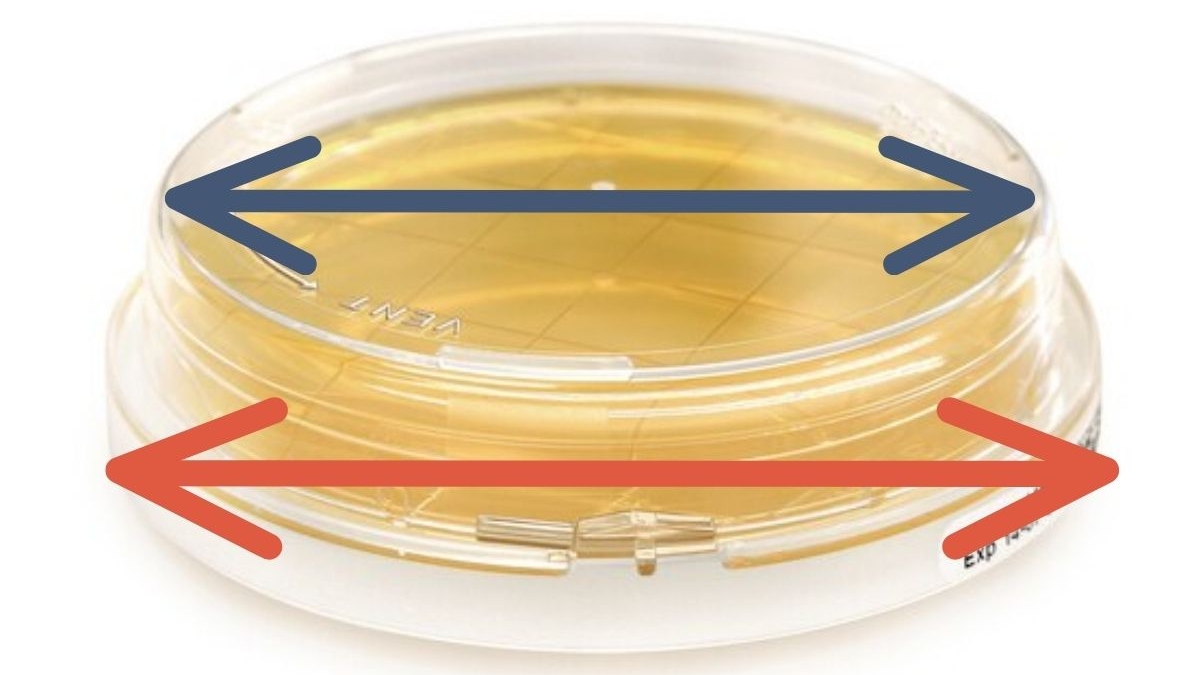
But why do others call it “60 mm plate”?
Probably because they measured the same plate, but from the other side… the one with the agar! Some even call it a 65 mm plate, depending on where they measure it.
Now, you know a bit more about the different terms used to describe what’s commonly called a contact plate. Whether you call it RODAC, 55 mm plate, contact plate, or even give it your own nickname, at the end of the day, the most important is that we all understand each other!
And you, what do you call your sampling plates?

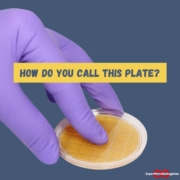



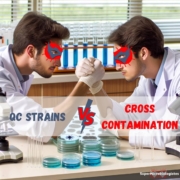
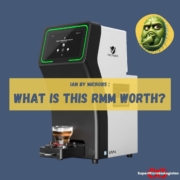





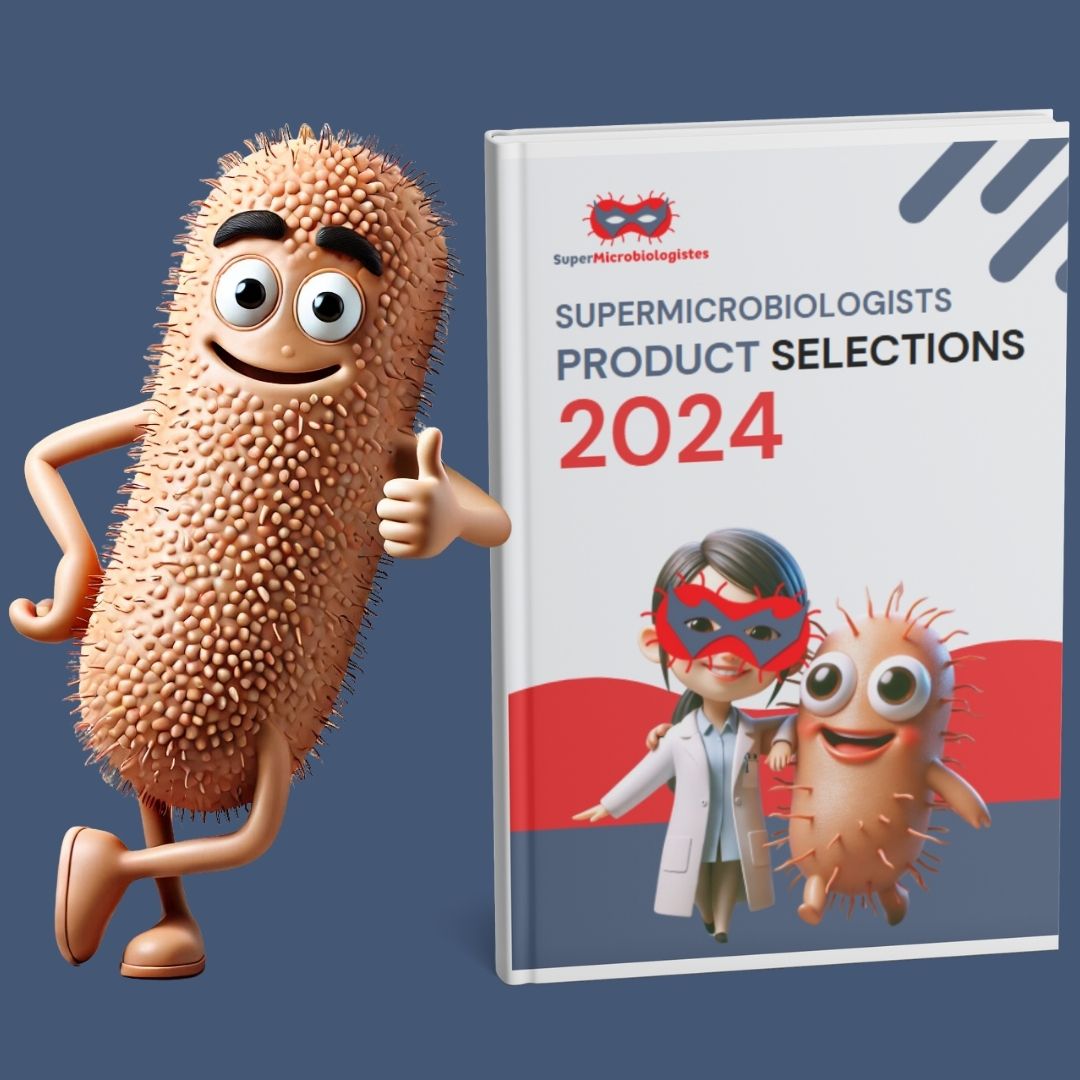
Leave a Reply
Want to join the discussion?Feel free to contribute!